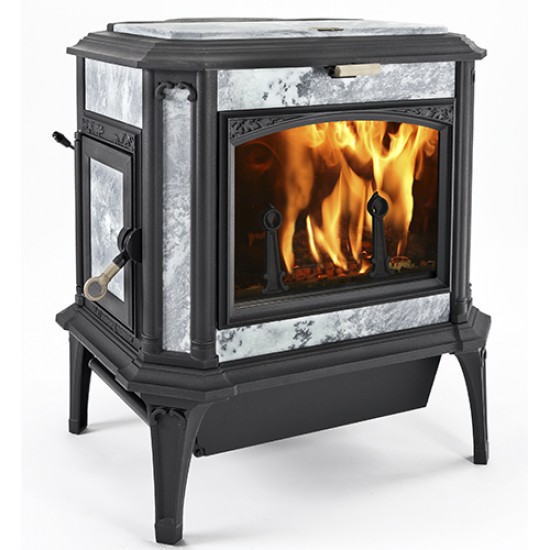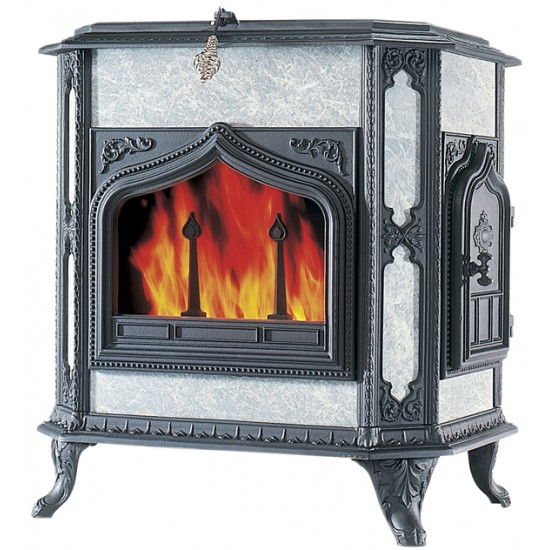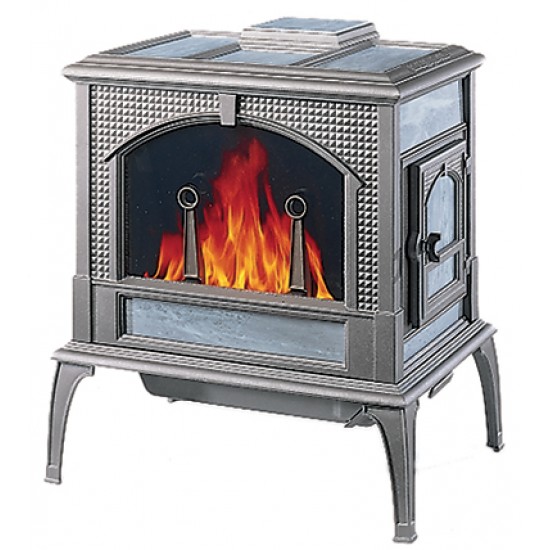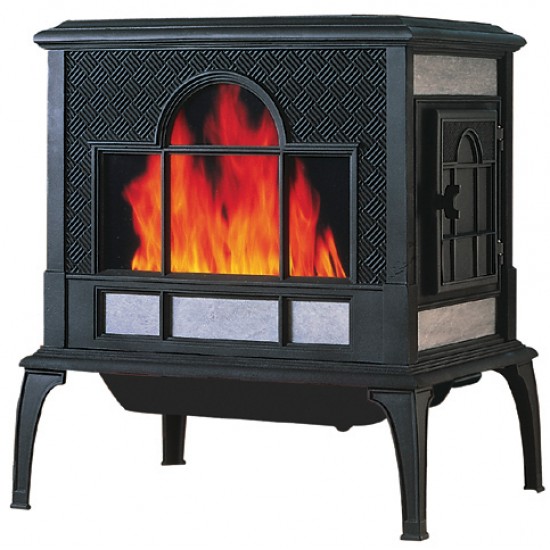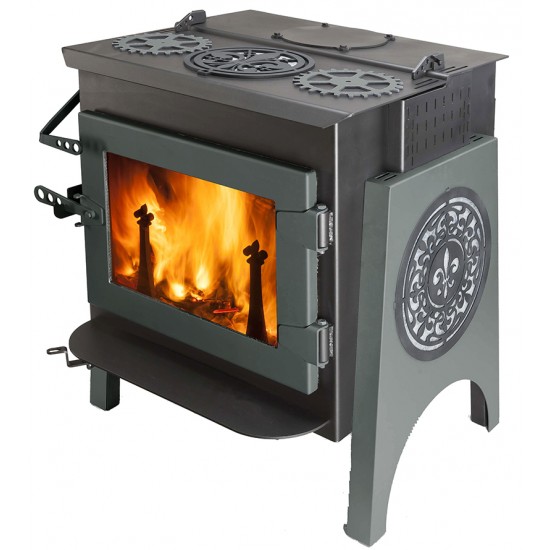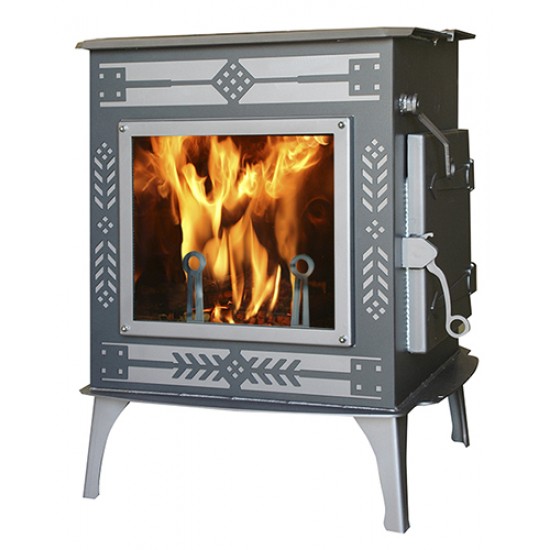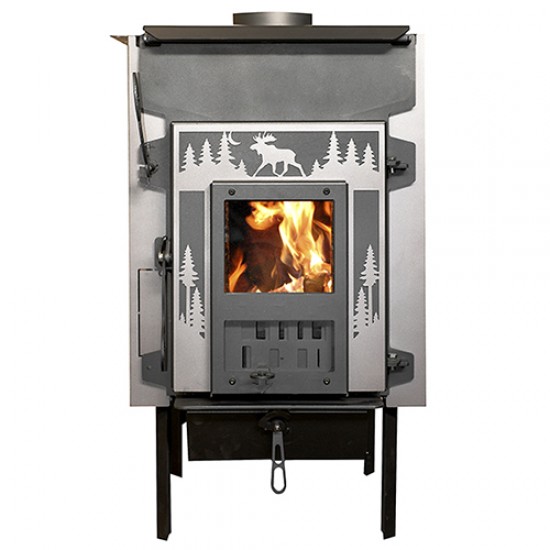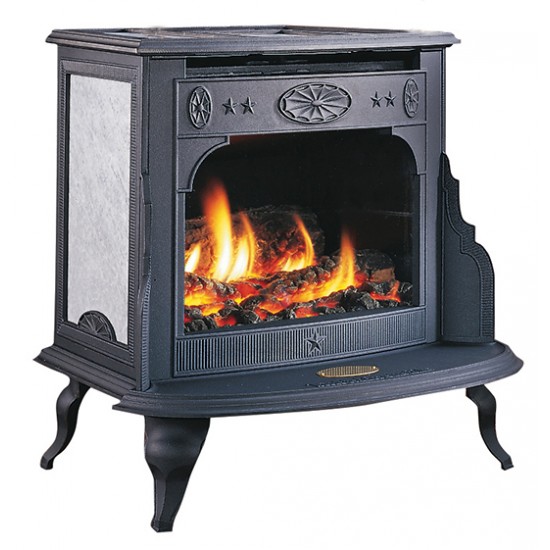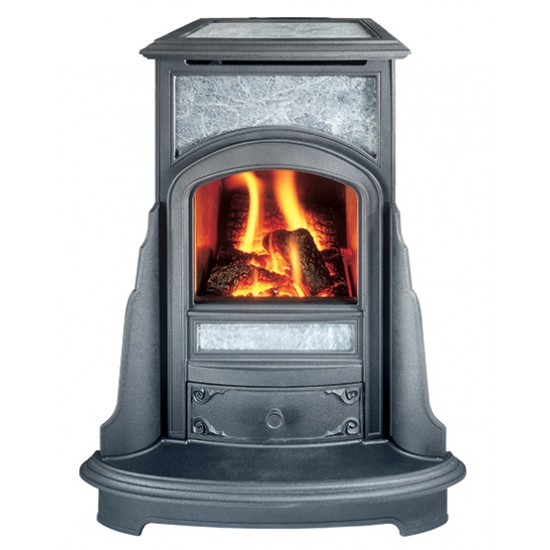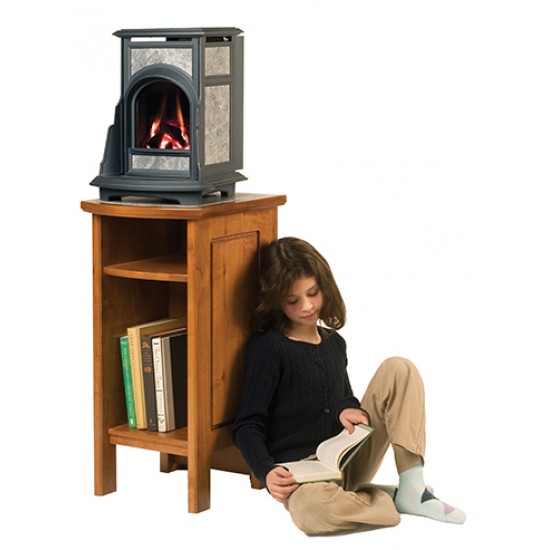05 Mar2014


As a result of the recently proposed EPA regulations, non-catalytic
stove manufacturers (and their surrogates) have stepped up attacks on
catalytic stoves in comments to the EPA, and public meetings with EPA.
Why? It’s really very simple. The industry trade association has
lobbied the EPA to “carve out” the new EPA regulations to accommodate
known weaknesses in non-catalytic stoves. They asked EPA to tailor
their regulations based on their own evidence that:
(1) noncatalytic stoves do not perform well at low burn rates,
(2) noncatalytic stoves need a long adjustment period after reloading,
(3) noncatalytic stoves produce notoriously “variable” results, and
(4) noncatalytic stoves cannot burn cleanly with “unseasoned” wood.
About two years ago, the trade association provided regulators with videotapes of their currently approved stoves spewing smoke at low burn rates, and then asked EPA to eliminate low burn testing requirement. And the trade association provided EPA with detailed evidence of variability and non-reproducible results in non-catalytic test results, and then argued for a more relaxed standard to accommodate their unpredictable performance. Ditto with wet wood, and test start-up periods.
EPA didn’t buy these arguments. In fact, they tightened the regulations in these areas.
While it may be nice to be honest about your shortcomings, this seems like a completely foolish and ill-advised strategy (indeed, it turned out to be exactly that), especially when other stoves (catalytic, hybrid, and advanced non-cats) don’t have these shortcomings. Noncatalytic manufacturers tried to convince EPA that their pollution was OK (in the best case) and unavoidable (in the worst case).
EPA didn’t buy their arguments, in part because other stoves don’t have these problems. Having shot their own kneecaps off, the noncatalytic stove manufacturers now want to discredit catalytics, hybrids, and advanced combustion designs that do get consistently good results. Since they haven’t spent the time and effort to produce cleaner, more efficient stoves, they want to attack those that have. Looking at their recent past efforts, what could possibly go wrong?
(1) noncatalytic stoves do not perform well at low burn rates,
(2) noncatalytic stoves need a long adjustment period after reloading,
(3) noncatalytic stoves produce notoriously “variable” results, and
(4) noncatalytic stoves cannot burn cleanly with “unseasoned” wood.
About two years ago, the trade association provided regulators with videotapes of their currently approved stoves spewing smoke at low burn rates, and then asked EPA to eliminate low burn testing requirement. And the trade association provided EPA with detailed evidence of variability and non-reproducible results in non-catalytic test results, and then argued for a more relaxed standard to accommodate their unpredictable performance. Ditto with wet wood, and test start-up periods.
EPA didn’t buy these arguments. In fact, they tightened the regulations in these areas.
While it may be nice to be honest about your shortcomings, this seems like a completely foolish and ill-advised strategy (indeed, it turned out to be exactly that), especially when other stoves (catalytic, hybrid, and advanced non-cats) don’t have these shortcomings. Noncatalytic manufacturers tried to convince EPA that their pollution was OK (in the best case) and unavoidable (in the worst case).
EPA didn’t buy their arguments, in part because other stoves don’t have these problems. Having shot their own kneecaps off, the noncatalytic stove manufacturers now want to discredit catalytics, hybrids, and advanced combustion designs that do get consistently good results. Since they haven’t spent the time and effort to produce cleaner, more efficient stoves, they want to attack those that have. Looking at their recent past efforts, what could possibly go wrong?

